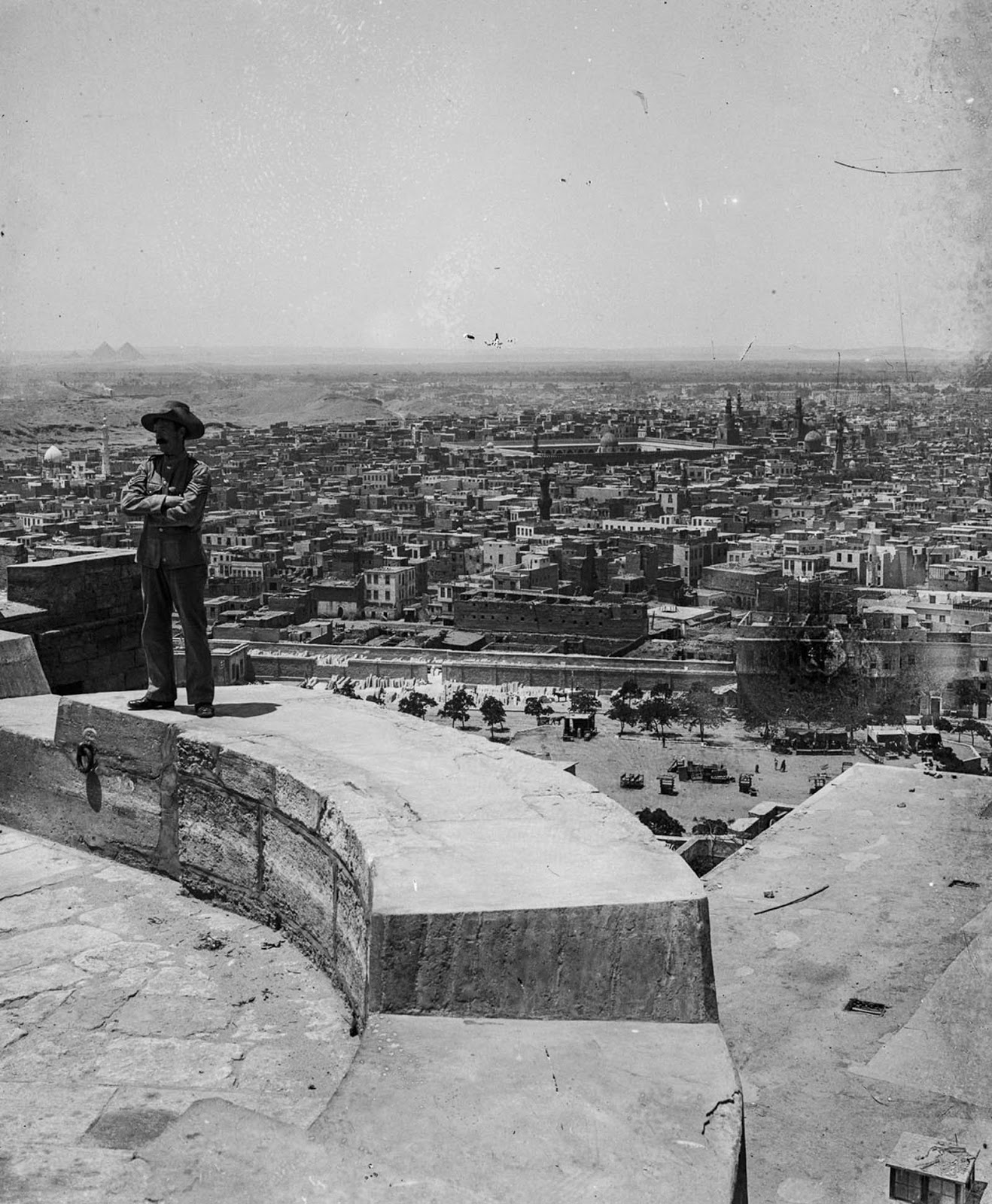
The 20th century marked the start of the rapid growth and transformation of Old Cairo. The change can be seen in these street pictures that show how the City of a Thousand Minarets once looked.
While the Fatimid dynasty, in AD 969, laid the foundations of Cairo, the rich past of this city dates further than that. The modern-day Heliopolis, known previously as On, was an important ancient religious centre.
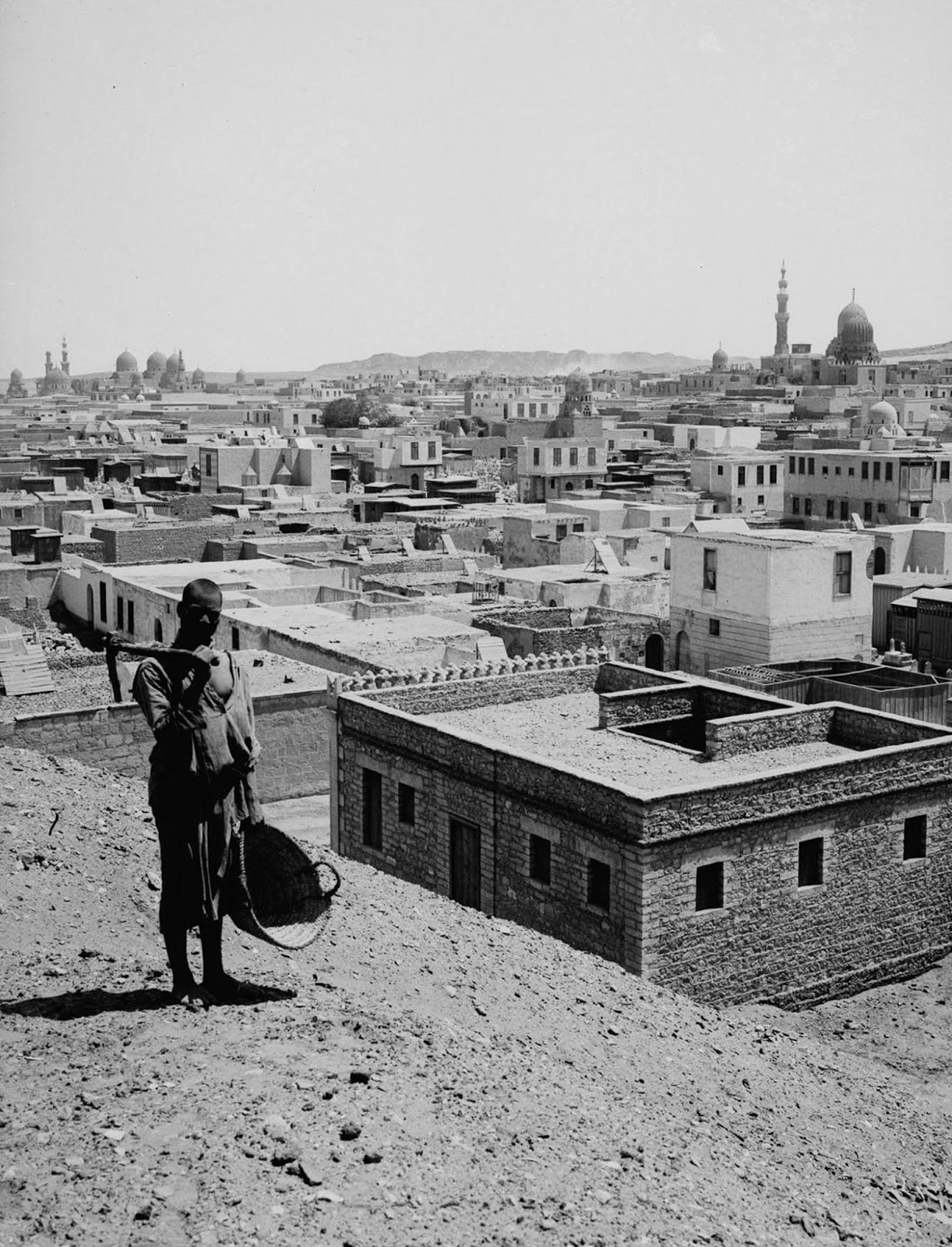
At the port of On, the Romans built a fortress named Babylon. This was done while Amr Ibn Al-As, who had conquered Egypt for Islam in AD 642, established the city of Fustat towards the south.
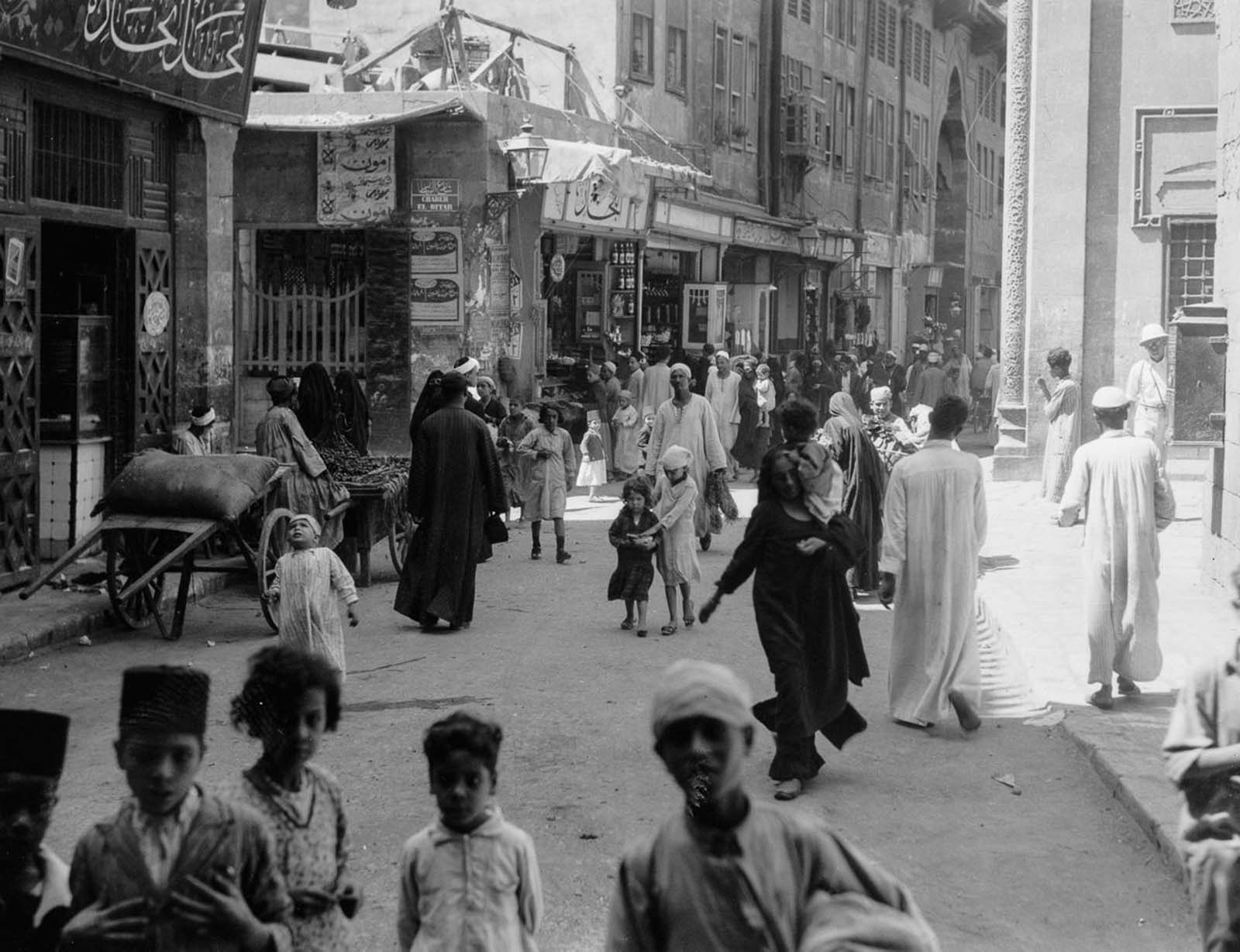
Fustat grew wealthier due to the oil in the country and taxes made off the Nile traffic. The tenth-century travellers wrote about how public gardens, street lighting, and buildings up to 14 floors high were common.
However, when the Fatimids marched from modern-day Tunisia near the end of the 900s, they scorned Fustat and set about building a new city.
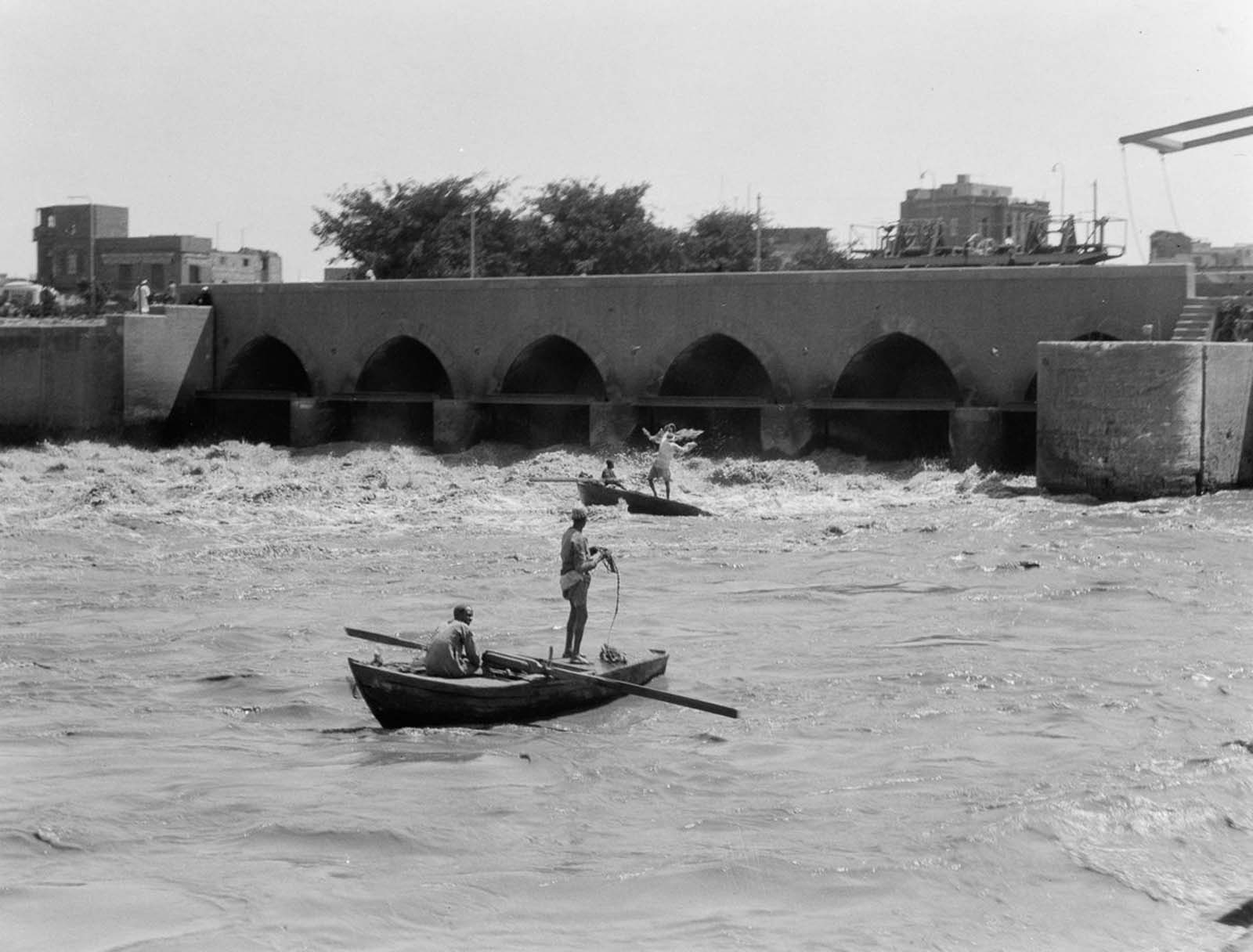
A lot of buildings from the Fatimid era are still standing. The Fatimids were not in power for long, but their city survived them and, under the successive dynasties, became known for its great wealth, ruled by cruel and fickle sultans. This city was called the Mother of the World.
The bubonic plague reduced the population drastically in the mid-14th century. In 1517, the Ottomans conquered Cairo and ruled till 1798. At this point, Napoleon I of France captured it.
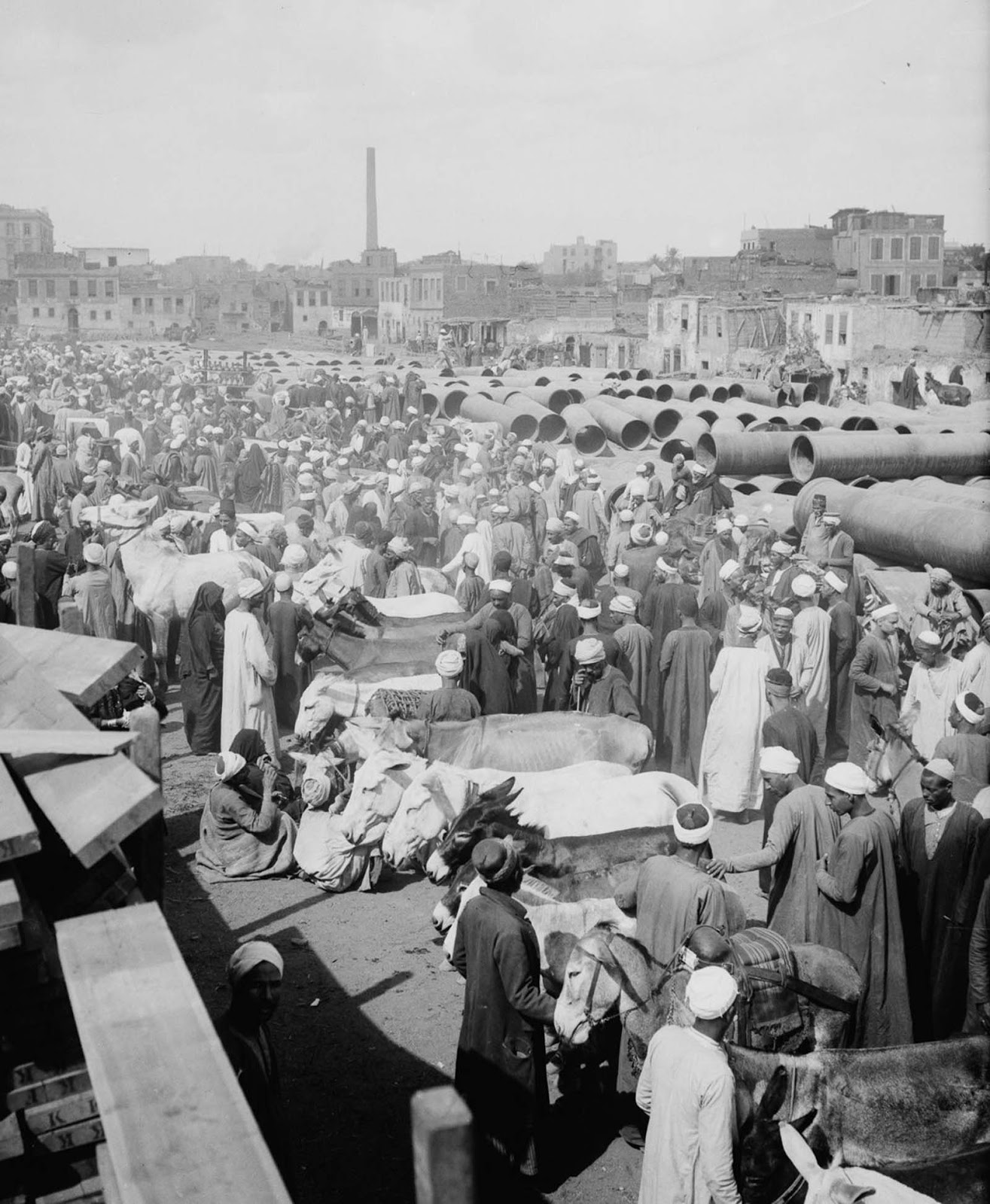
In 1801, the Ottoman Empire regained control of the city, but as a result of Egypt’s foreign debts, a more significant European presence than before.
The Viceroy, Ismail Pasha, ruled in Cairo from 1863 to 1879. During this time, he built many European-style structures in the city and used the occasion of the opening of the Suez Canal in 1869 to showcase the work done by the European powers.
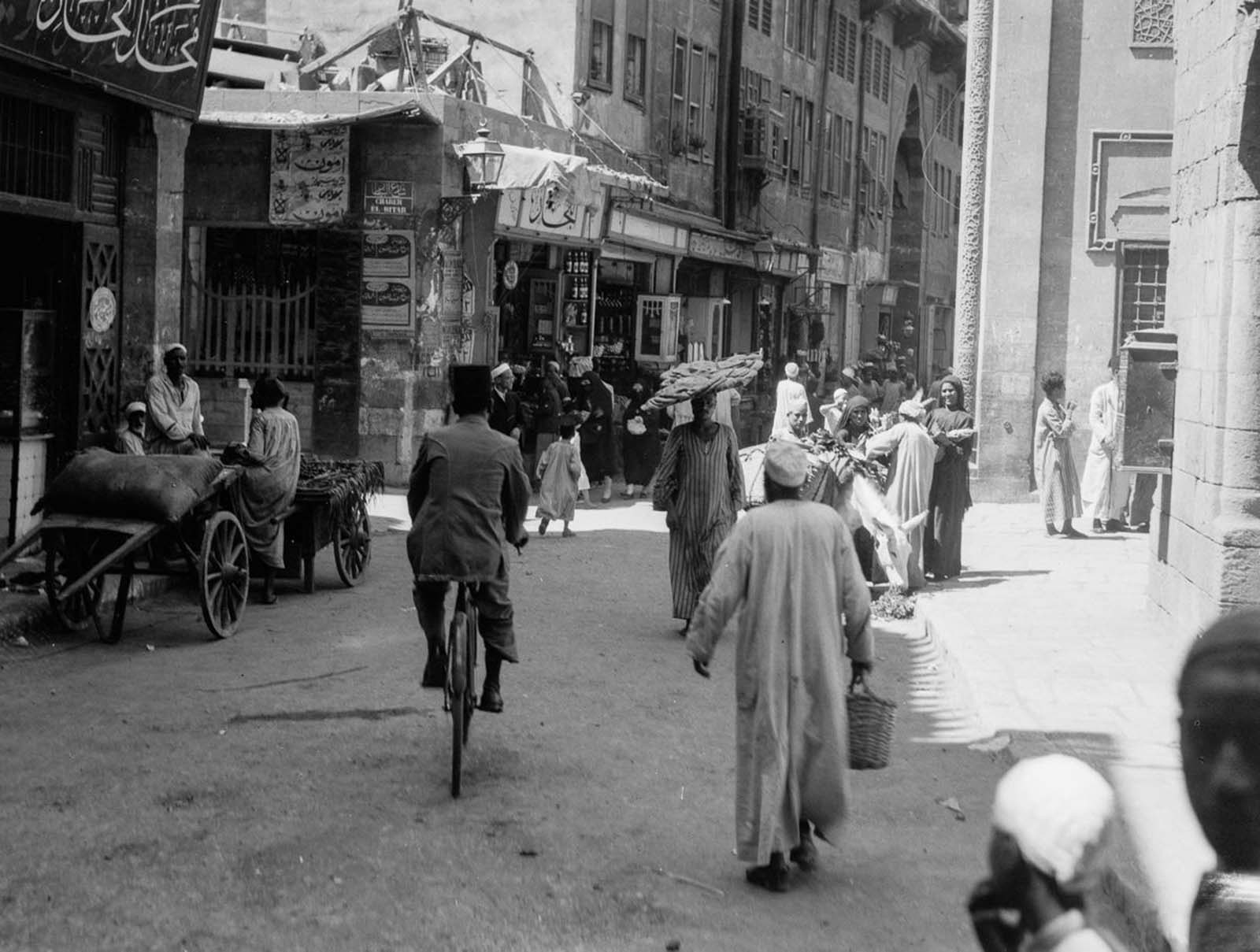
As a result of the accumulated debts, Egypt came under British rule. The British ruled from the late 19th century till after World War I.

